Almost 200 nations have signed an ambitious agreement to halt and reverse biodiversity loss but none is on track to meet the crucial goal, our new research reveals.
The agreement, known formally as the Kunming-Montreal Global Biodiversity Framework, seeks to coordinate global efforts to conserve and restore biodiversity. Its overarching goal is to safeguard biodiversity for future generations.
Biodiversity refers to the richness and variety within and between plant and animal species, and within ecosystems. This diversity is declining faster than at any time in human history.
Five years remain until the framework’s 2030 deadline. Our research shows a more intense global effort is needed to achieve the goals of the agreement and stem the biodiversity crisis.
Paul Chiasson/AP
Biodiversity is in decline
Biodiversity decline is a growing global issue. Around one million animal and plant species are threatened with extinction.
The problem is driven by human activities such as land clearing, climate change, pollution, excessive resource extraction and the introduction of invasive species.
As biodiversity continues to degrade, the foundation of life on Earth becomes increasingly unstable. Biodiversity loss threatens our food, water and air. It increases our vulnerability to natural disasters and imperils ecosystems crucial for human survival and wellbeing.
The Global Biodiversity Framework was adopted in late 2022 after four years of consultation and negotiation. It involved 23 core commitments to be met by 2030 involving both land and sea. Key to the deal is protecting areas from future harm, and restoring past harms.
These aims are captured in two targets.
The first is ensuring 30% of degraded areas are under “effective restoration” to enhance biodiversity. This could involve replanting vegetation, reducing weeds and other pests, or restoring water to drained areas.
The second is to effectively conserve and manage 30% of land and sea areas – especially those important for biodiversity and the ways ecosystems function and benefit humans. This could mean creating national or marine parks, or nature refuges on private land.
Importantly, countries should both increase the size of areas protected or under restoration (a matter of quantity), and choose areas where interventions will most benefit biodiversity (a matter of quality).
Nations were asked to provide an action plan before October 2024. In a paper published today, we reviewed these plans.
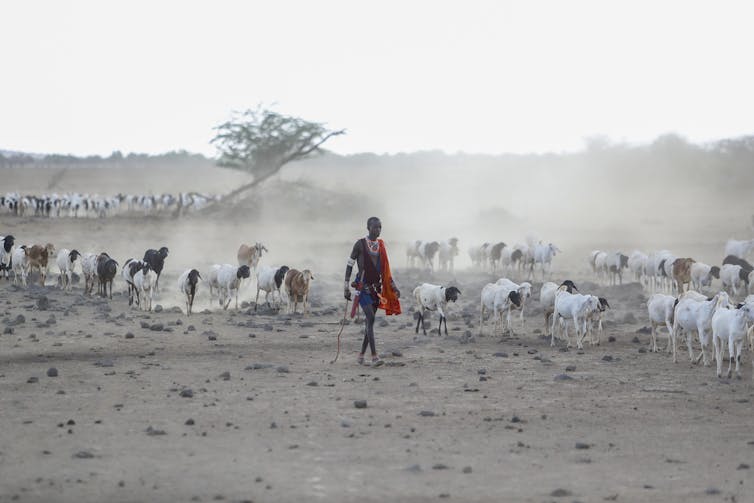
Brian Inganga/AP
What we found
Our findings were disappointing. Only 36 countries (less than one quarter of signatory nations) submitted a plan. Australia was one of them.
And the plans provided were underwhelming. In particular, nations fell badly short on the restoration target. Only nine out of 36 countries committed to restoring a specific percentage of land and sea.
For example, Italy pledged only to restore “large surfaces of degraded areas” and Australia committed to restoring “priority degraded areas”.
Defining commitments with numbers is important, because it allows progress to be monitored and measured, and forces nations to be accountable.
Of those nine countries that made specific restoration commitments, only six committed to the 30% goal: Aruba, China, Curaçao, Japan, Luxembourg and Uganda.
The results were better when it came to protecting land and sea. Some 22 of the 36 countries set a percentage target for protection. However, only 14 committed to protecting at least 30% of areas, in line with the goals of the deal.
Again, quality is also important here. Under the deal nations signed up to, protected land should enhance biodiversity, and cover areas very valuable for biodiversity recovery. However, many nations were silent on the issue of quality when outlining their planned protections. It means their efforts could, in some cases, do little for biodiversity.

Dean Lewins/AAP
A spotlight on Australia
In recent years, Australia has sought to establish itself as a biodiversity leader on the international stage. This included hosting the global Nature Positive Summit in October last year.
Following the summit, the federal government claimed it was:
a tangible demonstration of Australia’s commitments under the Kunming Montreal Global Biodiversity Framework. It showed our willingness to work collaboratively towards the goal of halting and reversing biodiversity loss.
But despite the rhetoric, our research shows Australia’s plans are not particularly impressive.
As noted above, Australia does not provide a percentage target for ecosystem restoration. Instead, its plan refers broadly to restoring “priority areas” without defining what these areas are.
Australia’s plan pledges to identify “priority degraded areas” and define what “under effective restoration” means, but does not outline how this will be done.
Australia is more aligned with global leaders on protection of biodiversity. It committed to safeguarding 30% of land and water in protected areas.
However, it provided limited details on how it will select, implement and enforce protection measures. The plan also fails to recognise current shortcomings in protected areas, both in oceans and on land – in particular, Australia’s focus to date on quantity over quality when it comes to selecting sites.
In contrast, the nation of Slovenia mapped out proposed protected areas.
So, while Australia did submit an action plan, it has missed the opportunity to be a true global leader.
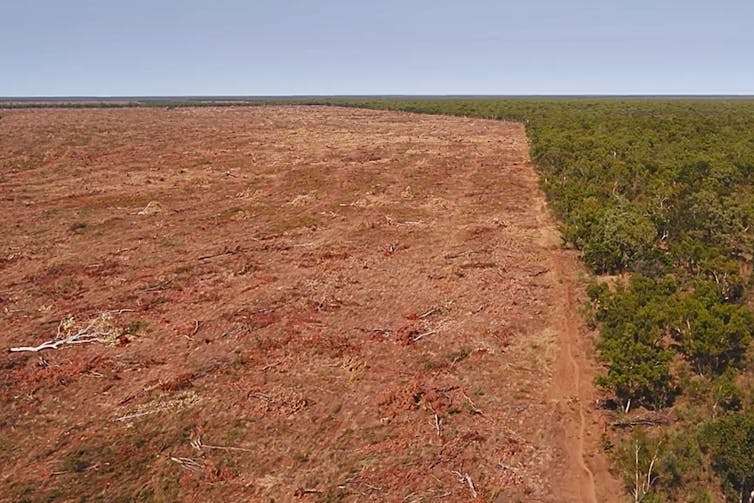
The Wilderness Society via AAP
Running out of time
The Global Biodiversity Framework aims to unite nations in the fight to conserve and restore biodiversity. But as our research shows, many countries do not have plans to achieve this, and plans submitted to date are largely inadequate.
As species and habitats are lost, ecosystems become less stable. This damages human health and wellbeing, as well as economies. Biodiversity loss also undermines vital cultural and spiritual connections to nature.
All countries must accelerate efforts to avert the biodiversity crisis, and preserve Earth’s precious natural places for future generations.
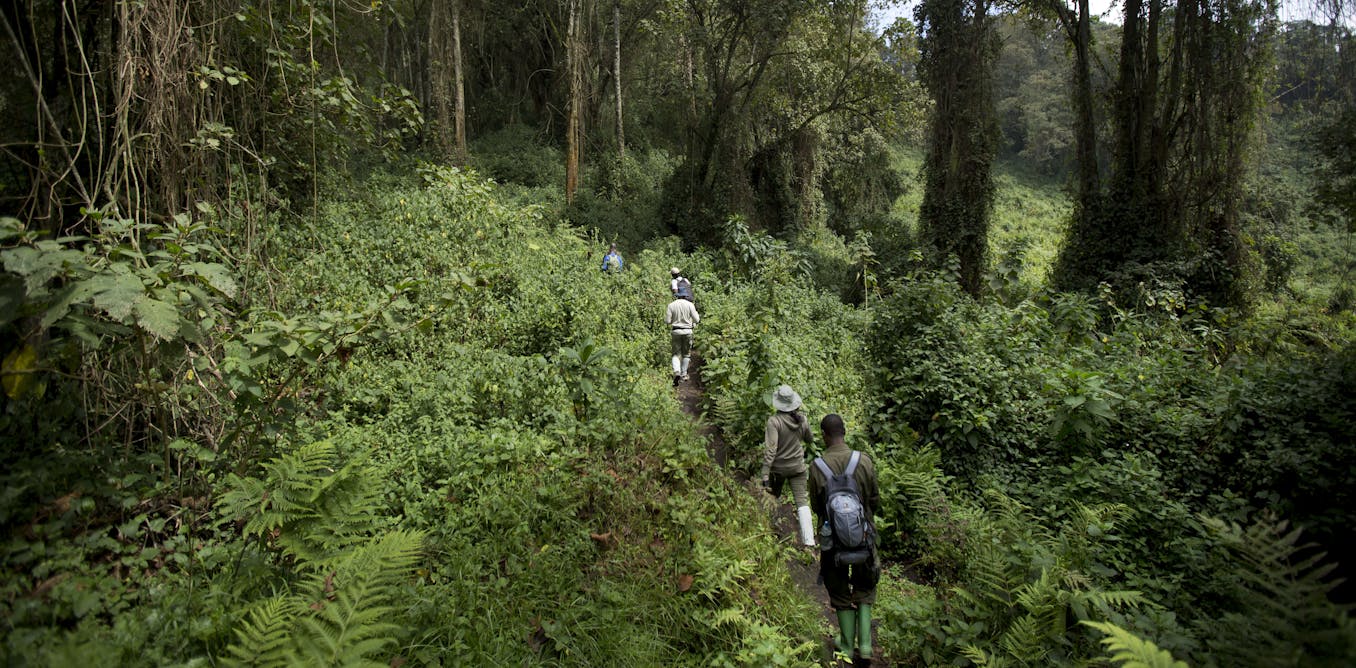
The post “With just 5 years to go, the world is failing on a vital deal to halt biodiversity loss” by Justine Bell-James, Professor, TC Beirne School of Law, The University of Queensland was published on 02/17/2025 by theconversation.com











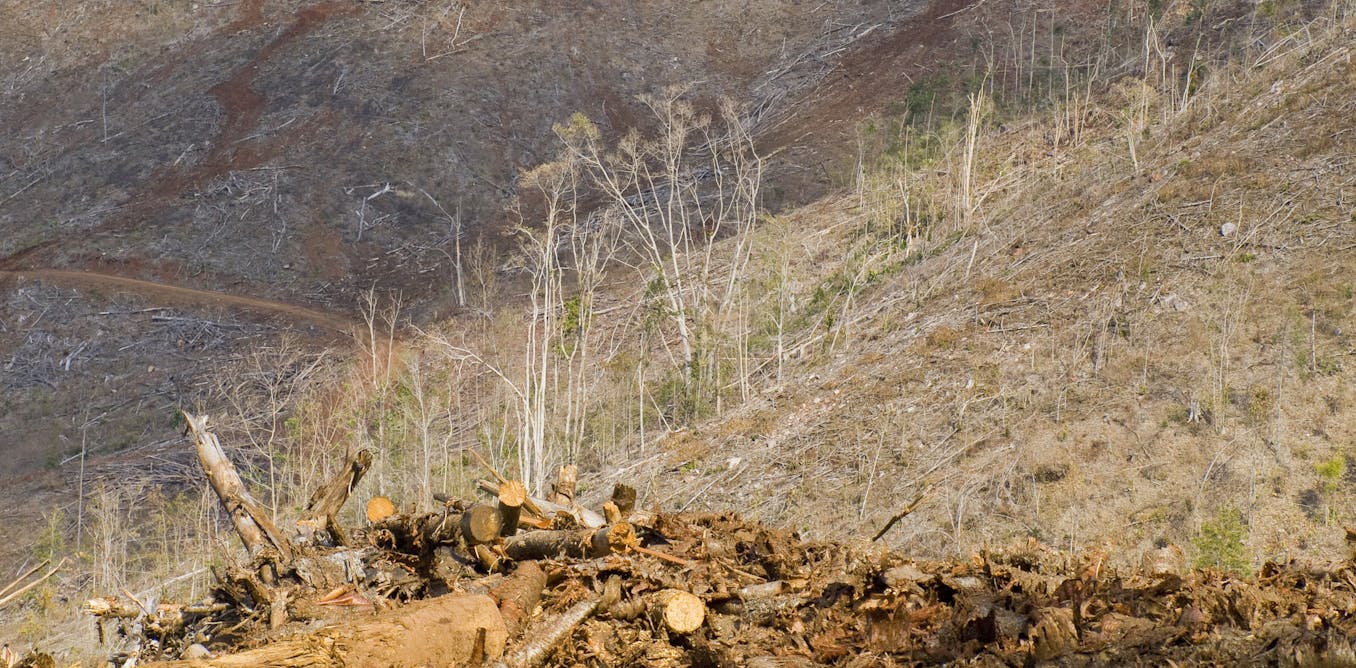
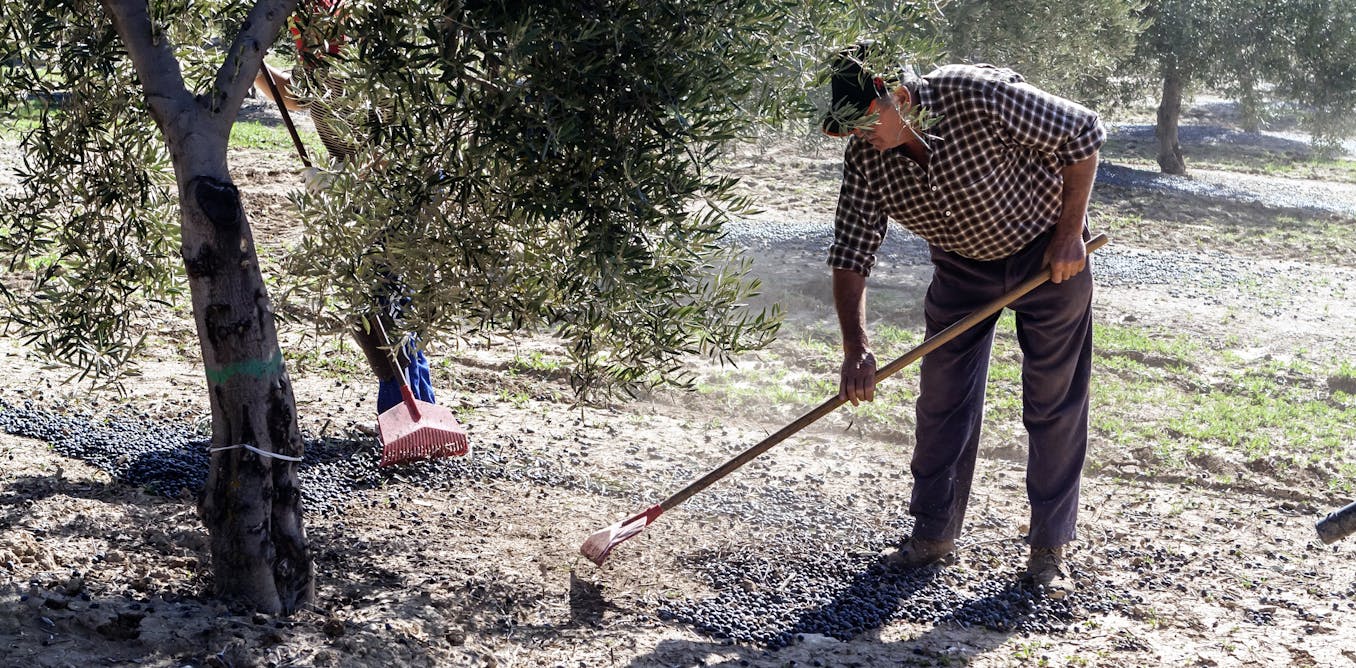














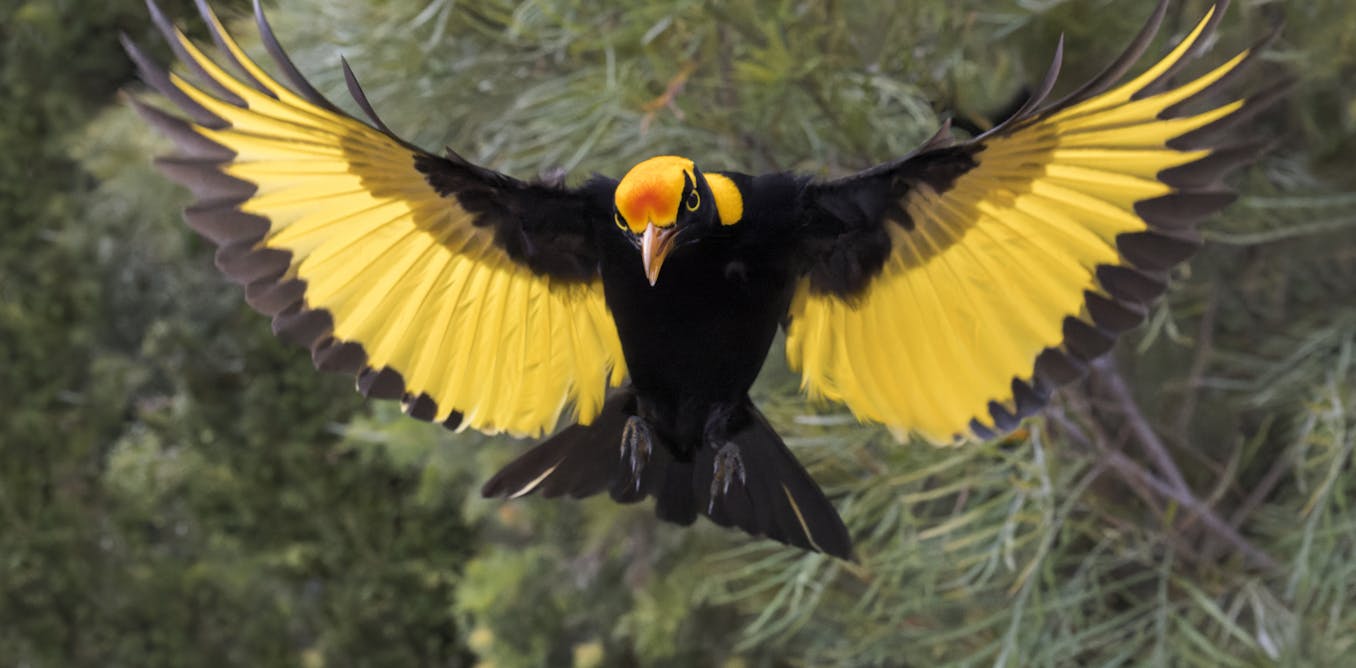


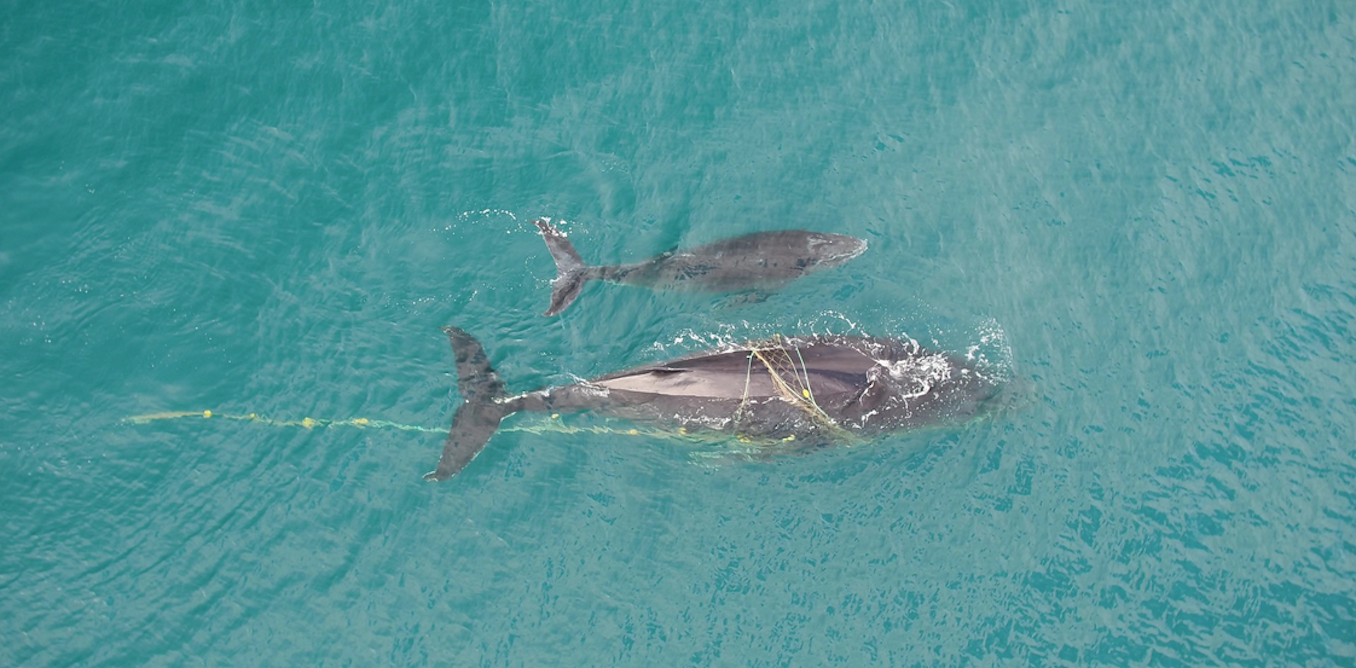

Leave a Reply